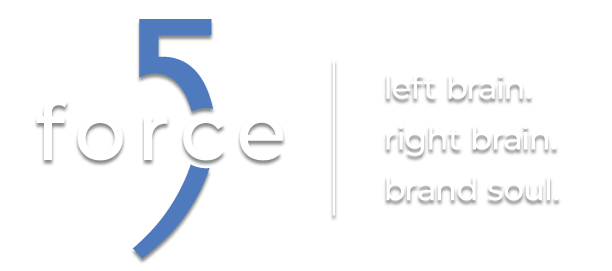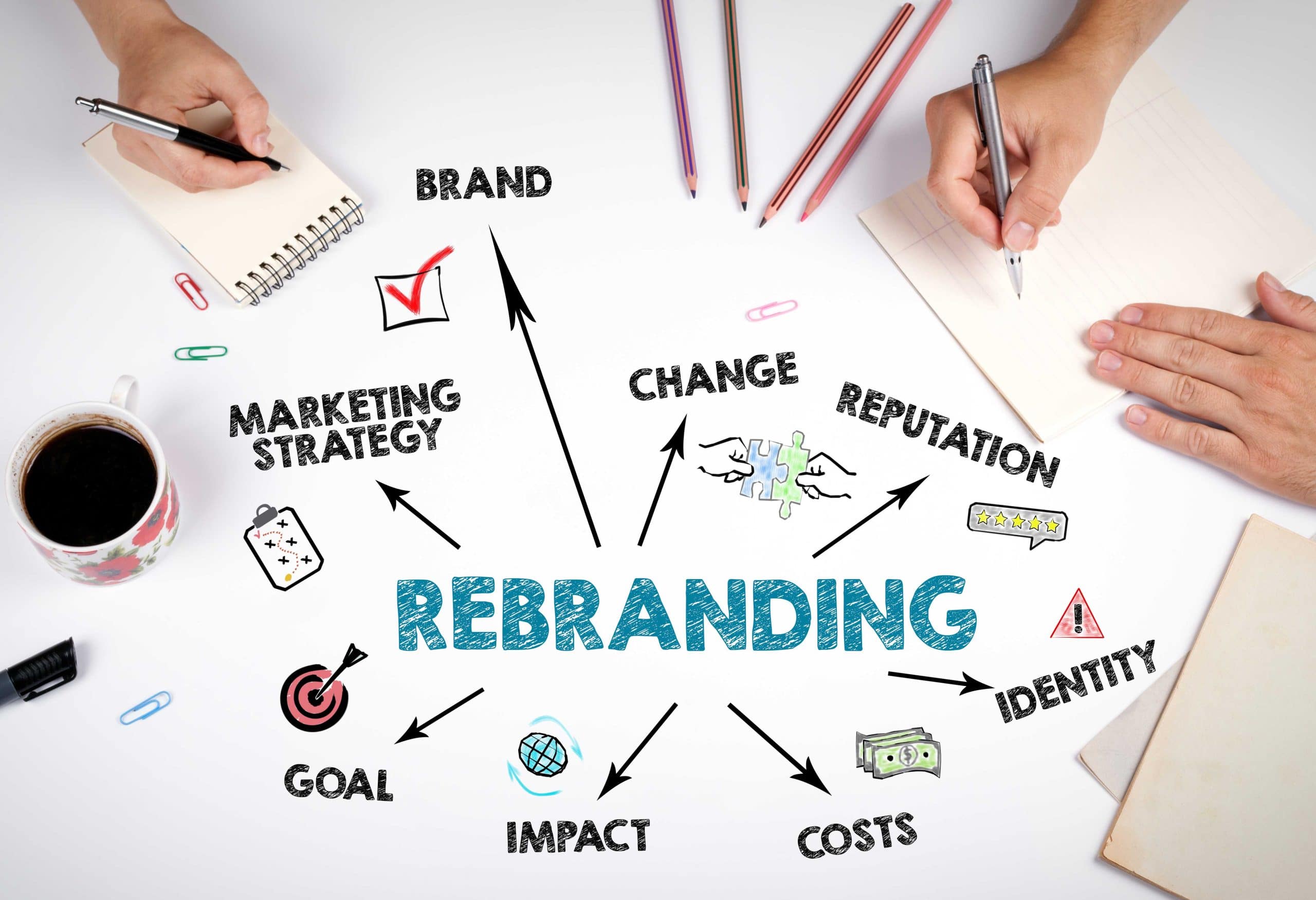I was watching the local news with my wife one evening and was struck by a story of a home invasion in a neighborhood very close to where we live. The story immediately got our attention. We were concerned enough to take extra precautions and make sure exterior lights, locks and windows all were working properly.

The very next day, my doorbell rang. At my door stood a security alarm company salesman who immediately opened up with “There have been some home invasions in your area over the last few days and I wanted to make sure you and your family were protected”.
While his timing was impeccable, this visit was no coincidence. I couldn’t help but think our well-timed salesman watched the evening news to see where he would be selling the next day. After all, these unfortunate news stories are legitimate business leads to him. In hindsight though, I felt like bit of a fool. I fell right into their trap. I was simply a pawn in their well designed scheme.
But regardless of how manipulated I felt afterwards, I still saw the value and – hook, line and sinker, I signed on the dotted line. How it works:
-
- Relate the problem to your audience. Our salesman used the aspect of proximity of crime as a relatable point.
-
- Make the audience believe in the effectiveness of the product. In my case, the reliability of notifications was the main factor in whether or not I believed this alarm system would protect my family.
-
- Make the solution easy. All I had to do is buy a security system and have them install it to be safe.
It works – surprisingly well. Fear was a very powerful motivator for us. Without the news story and timely visit, we would have simply said “No thanks” and watched him kick rocks on his way to our neighbors.
Other industries have harnessed the fear motivator as well. The Cosmetic Industry use your fear of rejection to sell you facial cremes and spot removers. Insurance companies use the fear of loss when they sell you insurance. But with any great power, comes great responsibility (thanks Uncle Ben). You can also cause damage to a brand with fear marketing. Exaggeration of the consequences can raise doubt and resentment in your potential customers.
Seth Godin explored an instance of fear marketing that was harmful to a brand. The motivating factors of fear are undeniable. Implemented responsibly and coupled with other motivating factors, fear as a marketing tool can help drive decisions and generate results.



